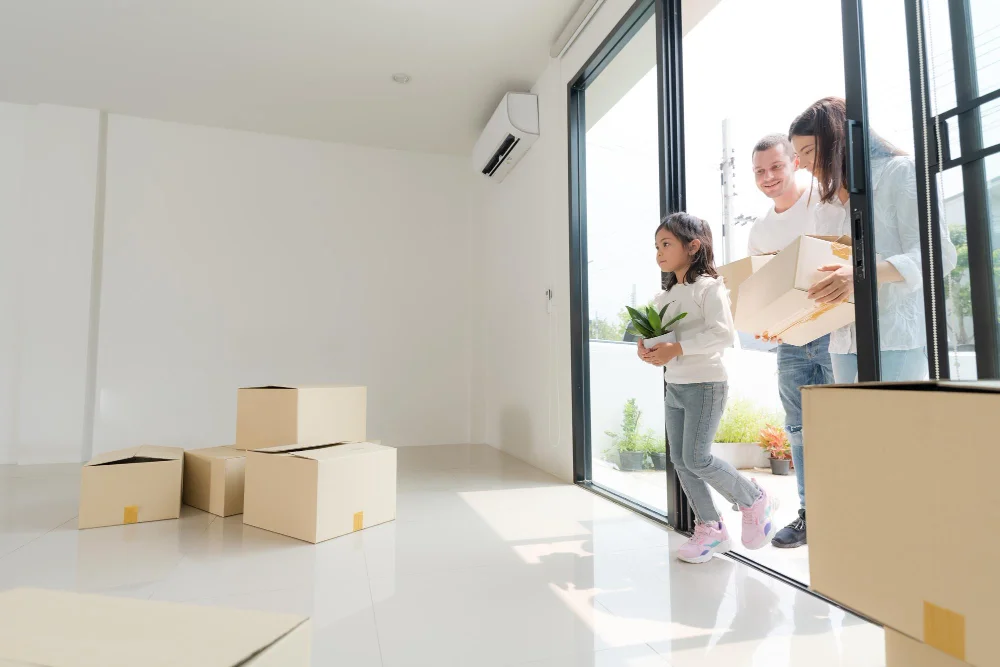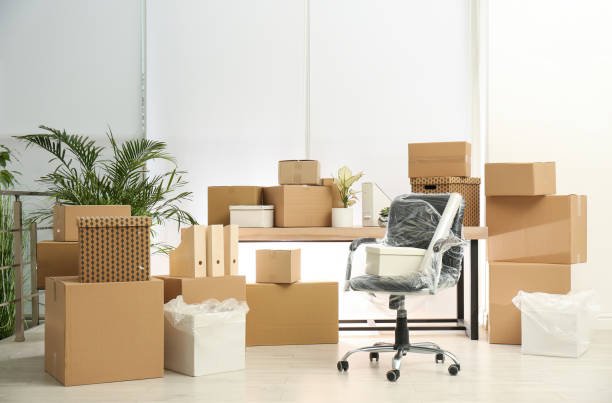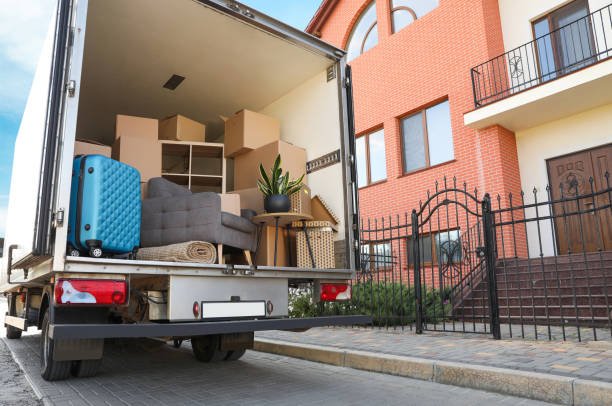Moving Checklist
WHAT TO DO 1-2 MONTHS BEFORE MOVING?
Create binder/folder for moving records (estimates, receipts, inventory lists, etc.)
Plan your moving method (truck rental, hiring movers, etc) and get cost estimates
See if your employer will provide moving expense benefits
Research storage facilities if needed
Schedule disconnection/connection of utilities at old and new place
Plan how you will move vehicles, plants, pets and valuables
Plan how you will arrange furniture in the new place – use a floor plan or sketch
Hold a garage sale, donate, sell, or trash unnecessary items
Schedule transfer of records (medical, children in school, etc.)
Get copies of any records needed (medical, dental, etc.)
Acquire packing materials (boxes, tape, stuffing/padding, markers, etc.)
Make any home repairs that you have committed to making
Return borrowed, checked-out and rented items
Get things back that you have lent out
Start using up food you have stored so there is less to move
WHAT TO DO 3-4 WEEKS BEFORE MOVING?
Finalize moving method and make necessary arrangements
Begin packing non-essential items
Label boxes by room and contents
Separate valuable items to transport yourself – label as DO NOT MOVE
Keep a box out for storing pieces, parts and essential tools that you will want
Create an inventory list of items and box contents, including serial numbers
Fill out a Change of Address form at a post office or online
Provide important contacts with your new address:
Notify your insurance and credit card companies about change of address
Cancel automated payment plans and local accounts/memberships if necessary
Take your vehicle(s) in for a tune-up, especially if you are traveling very far
WHAT TO DO 1-2 WEEKS BEFORE MOVING?
Continue packing and clean as you go
Pack items separately that you will need right away at your new place
Plan to take the day off for moving day
Find useful things for your children to do – involve them as much as possible
Find someone to help watch small children on move day
Begin to pack your suitcases with clothes and personal items for the trip
Reconfirm your method of moving with those involved
Make sure your prescriptions are filled
Empty out your safe deposit box, secure those items for safe travel
Schedule cancellation of services for your old place
Check your furniture for damages – note damages on your inventory
Take furniture apart if necessary (desks, shelves, etc.)
Make sure all paperwork for the old and new place is complete
If traveling far, notify credit card company to prevent automated deactivation
Get rid of flammables such as paint, propane, and gasoline
Try and use up perishable food
WHAT TO DO 2 DAYS BEFORE AND ON THE MOVING DAY?
Confirm all moving details and that you have necessary paperwork
Make a schedule or action plan for the day of the move
Plan when/how to pick up the truck (if rented)
Prepare for the moving expenses (moving, food, lodging)
Continue cleaning the house as you are packing
Defrost your freezer and clean the fridge
Make sure essential tools are handy (screwdrivers, wrench, pliers, tape, etc)
Pack a bag for water bottles, pen/paper, snacks, documents, and essentials
Set aside boxes/items that you are moving yourself (make sure you’ll have room)
Remove bedding and take apart beds
Go early to pick up the truck if you rented one
Take movers/helpers through the house to inform them of what to do
Walk through the empty place to check for things left behind – look behind doors
Leave your contact info for new residents to forward mail
Take inventory before movers leave, sign bill of lading
Make sure your movers have the correct new address
Perform an initial inspection, note all damages, take photographs if needed
Direct movers/helpers where to put things
Begin unpacking, starting with kitchen, bathroom and other essentia








